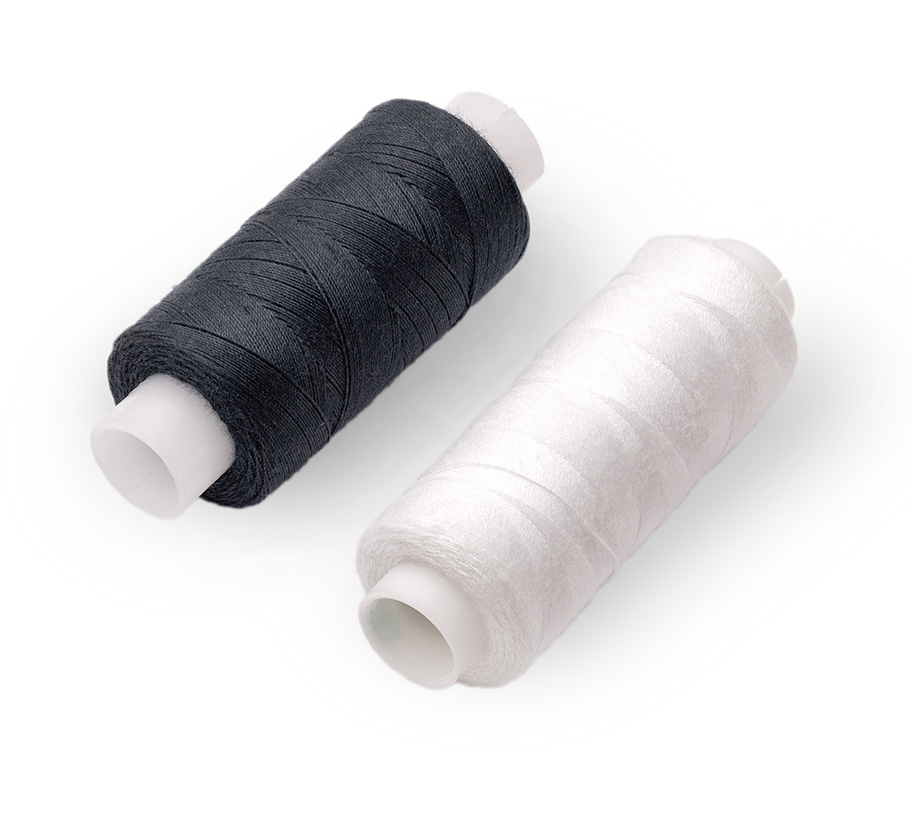Functional White High elastic polyester yarn Eco-friendly high stretch Yarn for ...
See DetailsRotor spinning is one of the open-end spinning methods. It is called rotor spinning because of the use of a rotor to condense single fibers. At the beginning, airflow was mainly used, also known as air spinning. Rotor spinning is the process of opening the fed fiber strips into single fibers by a revolving carding roller covered with card clothing, and then conveying them to the inner wall of a high-speed rotating rotor along with the airflow. After the single fibers enter the rotor, they are sent The slope of the inner wall of the rotor cup. Due to the high surface speed of the inner wall of the rotor, the fibers are arranged in parallel along the circumference of the inner wall. Under the action of centrifugal force, they slide into the cohesive groove at the diameter of the inner wall, forming a yarn tail in the cohesive groove, and are twisted into yarn at the same time Lead it out and wind it directly into a bobbin.

In the twisting process of rotor yarn, the fibers in the twisting zone lack active grip and are in a loose state, so the fiber straightness is poor and the degree of fiber internal and external transfer is low. The yarn core structure is similar to that of ring-spun yarn, and is relatively tight; the outer fiber structure is loose, and it is randomly wound outside the yarn core. Compared with ring-spun yarn, rotor yarn has a looser structure, poor fiber straightness, less fiber transfer between the inner and outer layers, and different twists. Therefore, the yarn has low strength and greater elongation. However, the fabric feels plump and thick, has good warmth retention, wear resistance, good slurry and moisture absorption, and high color absorption rate. Rotor spinning is suitable for many products, such as corduroy, denim, khaki, yarn-dyed fleece, printed fleece, fleece blankets, thread blankets, bath towels and decorative fabrics.
Impurities left in the cohesive groove of the rotor will destroy the cohesion and twist transmission of the strands, and cause the spun yarn to have periodic unevenness. The wavelength is about the circumference of the rotor. In severe cases, it will break. Even if the fine dust enters the agglomeration tank, it will gradually accumulate into larger particles and produce the same effect. Therefore, in addition to the impurity removal device of the rotor spinning device itself, the dust removal function should be strengthened in the pre-spinning process.